
- INTRODUCTION
What is combat shooting? Since around 2010, I decided to focus my studies and training on combat shooting with the goal of better understanding what is available in the market to be able to teach people who need to defend themselves and their families.
13 years have passed, and yet it is still very common to see people making the same mistakes when they intend to delve into the subject, develop motor patterns, and enhance their combat skills.
Obviously, one of the reasons this happens is due to a lack of foundation. Students do not have organized training and end up entering the world of firearms either informally, such as learning from a parent, or by enrolling in a random course, the origin and information about which are unknown. There are also those who only have their first encounters with firearms when enlisting in the armed forces or taking on a role in public security, where, as we all know, there are many limitations in training of various kinds. Finally, it is worth mentioning individuals who visit a shooting range, purchase a firearm, and do not pay much attention to the training process.
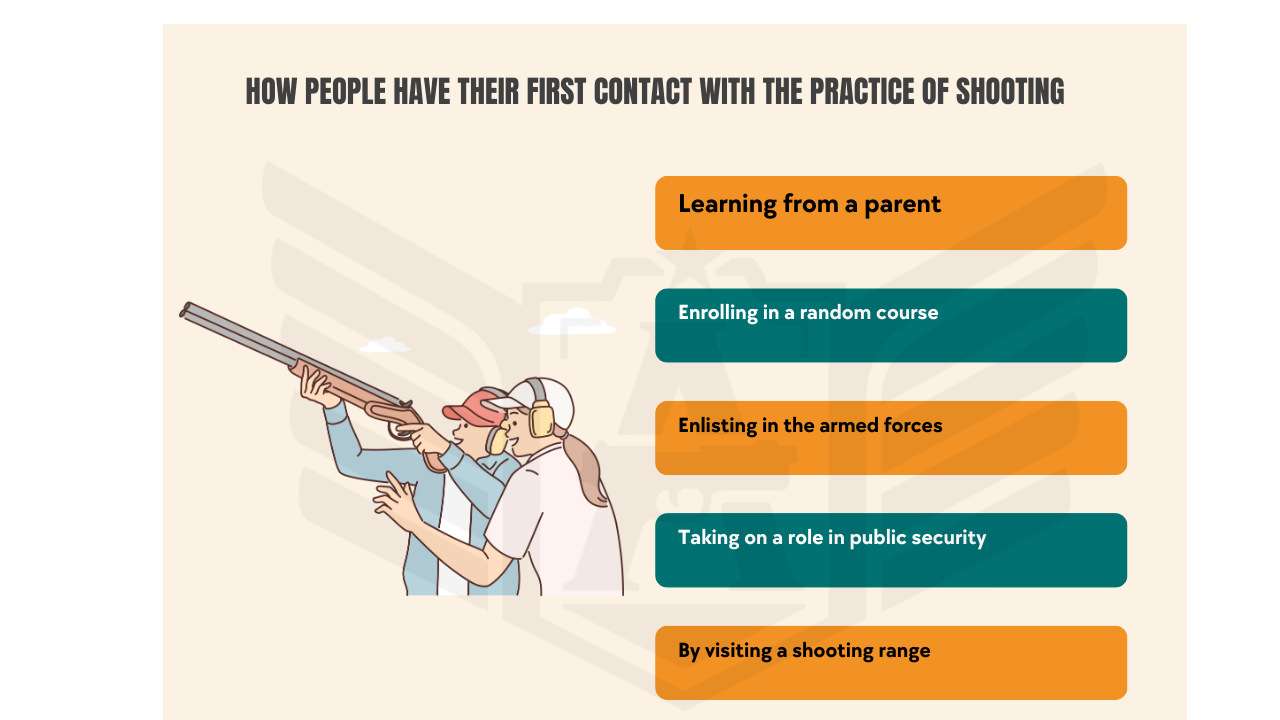
Therefore, I believe it is pertinent to start clarifying this essential subject right from its initial concepts, which may, over time, help trainees and instructors make better decisions when participating in or developing courses, classes, and training programs.
2. TYPES OF SHOOTING
Firearms are fantastic tools that have shaped and continue to shape history, culture, politics, and even art worldwide. There are various reasons why men and women acquire and use firearms. It is important to understand them so that it becomes possible to segment and define the scope of this text, namely, combat shooting.
2.1 Hunting Shooting
Hunting has an intimate connection with the roots of humanity and its interaction with nature. Anthropologists consider hunting as a fundamental element in the development of language, the creation of new tools, and the growth of the human brain when compared to other primates.
Today, throughout the world, there are citizens who depend on hunting to provide for their nutrition, source of income, and even their entertainment.
“The idea that hunting was an important selective pressure during human evolution has achieved wide acceptance (Ardrey, 1976; Hewes, 1973; Krantz, 1968). The traditional view holds that by the time of H. erectus, hunting was carried out by groups of tool-bearing males operating away from the home base containing the females and children (Hewes, 1973). Although Hewes does not state that hunting is the prime mover of brain evolution, he does suggest that hunting may have provided the impetus for the origins of language: ‘Tool-making and fire-keeping may not, in themselves, have depended absolutely upon language, but effective hunting of large mammals, with the expanded terrain knowledge which this entails, could very well have been impossible for a primate-hunter without rudimentary language’ (Hewes, 1973:7).
Krantz (1968) has identified ‘persistence hunting’ as the prime mover of brain evolution between Australopithecus and H. erectus. In persistence hunting, ‘the game is finally taken primarily because the hunter has been able to persist in the chase for as long as one or two whole days’ (Krantz, 1968:450). This method of hunting requires that the hunters be able to ‘keep the task constantly in mind for several days and to anticipate the results well into the future’ (ibid). According to Krantz, brain size is positively correlated with improved memory; thus, hunters with bigger brains would acquire more food and would therefore be favored by natural selection.” (FALK, 1980)
“Thus, a change in diet toward high-quality foods that could effectively be shared with others, presumably including female friends (pregnant or lactating) and their offspring, would have led to amelioration of the production tradeoff with brain size.” (Isler & Van Schaik, 2014)
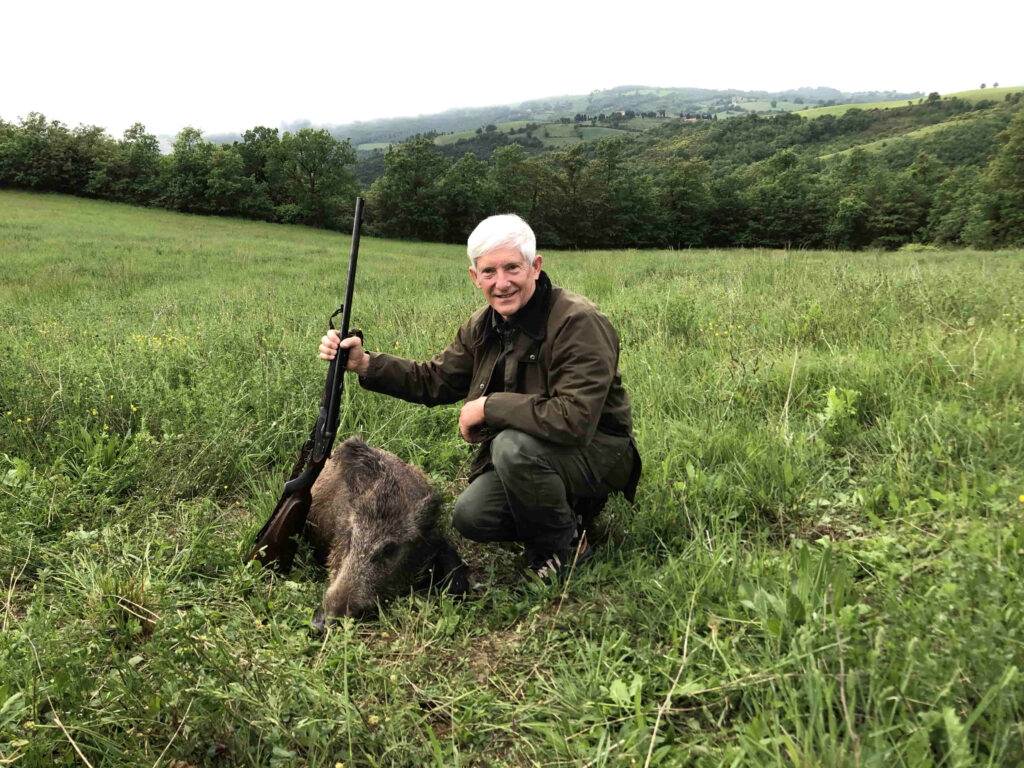
2.2. Sport Shooting
In the 2024 Olympics, there will be 7 different shooting disciplines, with 14 different events. There are at least 70 other different types of sports that use firearms, with a special focus on Skeet and IPSC.
Shooting in sports can promote inclusion, allowing young and old, men and women, and even people with disabilities to compete in the same category. It is an excellent way to train concentration, practice mindfulness, and offers numerous social and health benefits.
Its goal is competition, not combat, and its targets are papers, metals, and plates.
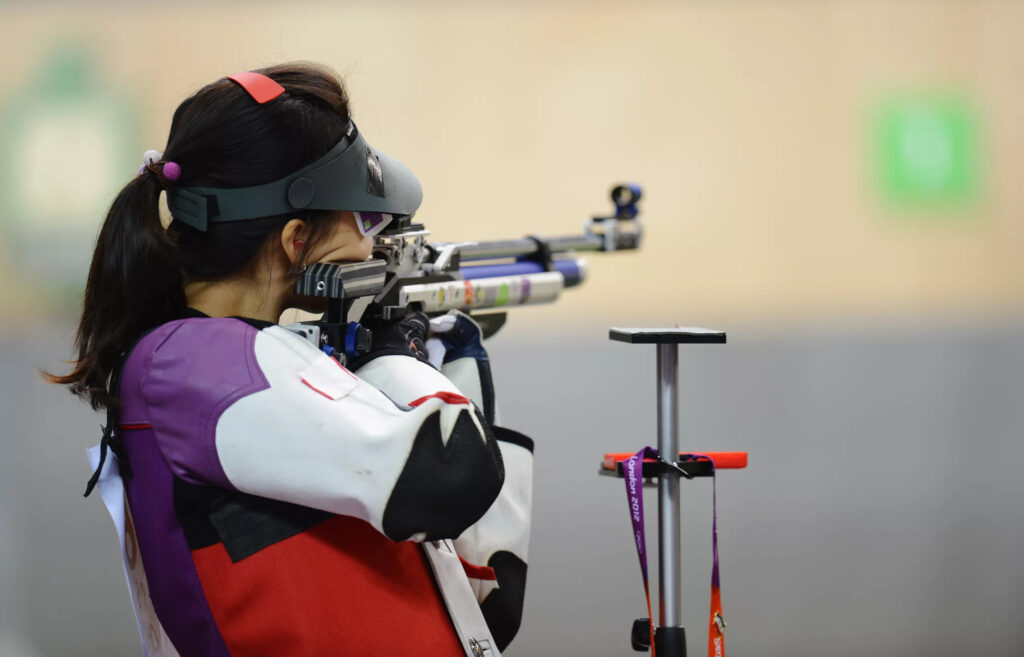
2.3. Recreational Shooting
Most likely, the majority of shooters in the world have no significant commitment. These are people who use shooting for entertainment and socialization. Recreational shooting can reduce the stress of daily life, create friendships, and even facilitate business.
Its goal is simply entertainment, with no other pretensions.
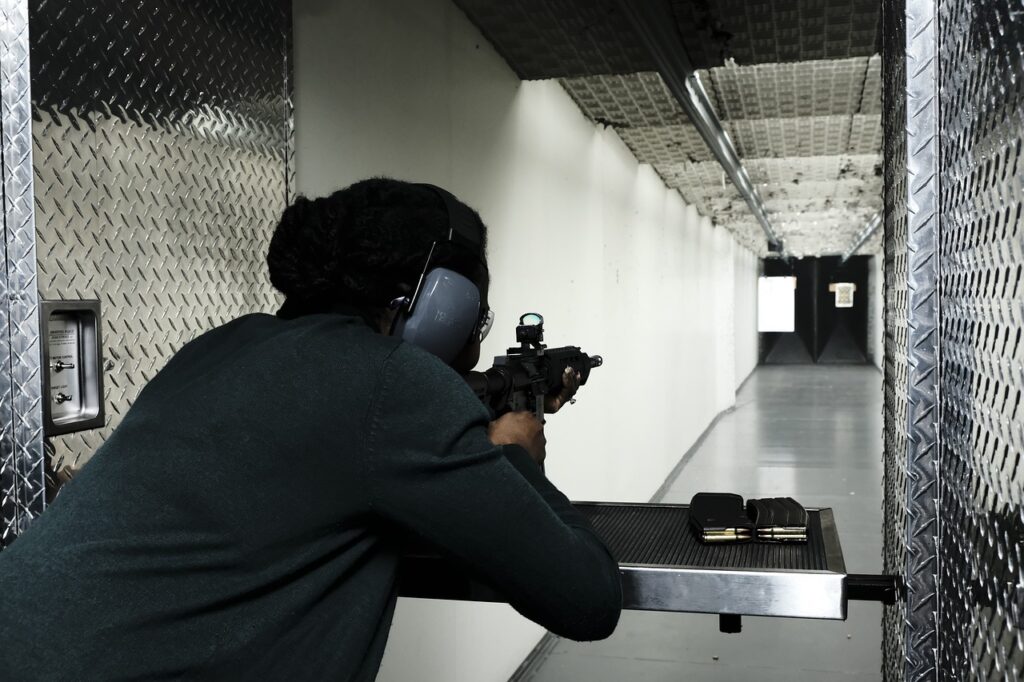
2.4. Historical Reenactment Shooting
I am a big fan of historical firearms. Shooting muzzleloaders with black powder, besides being exciting and fun, helps understand details of ancient conflicts, allowing historians to better unravel the past.
This section can also include firearms collecting. I myself have antique firearms that I have never shot, and I never will, out of respect for their historical value.
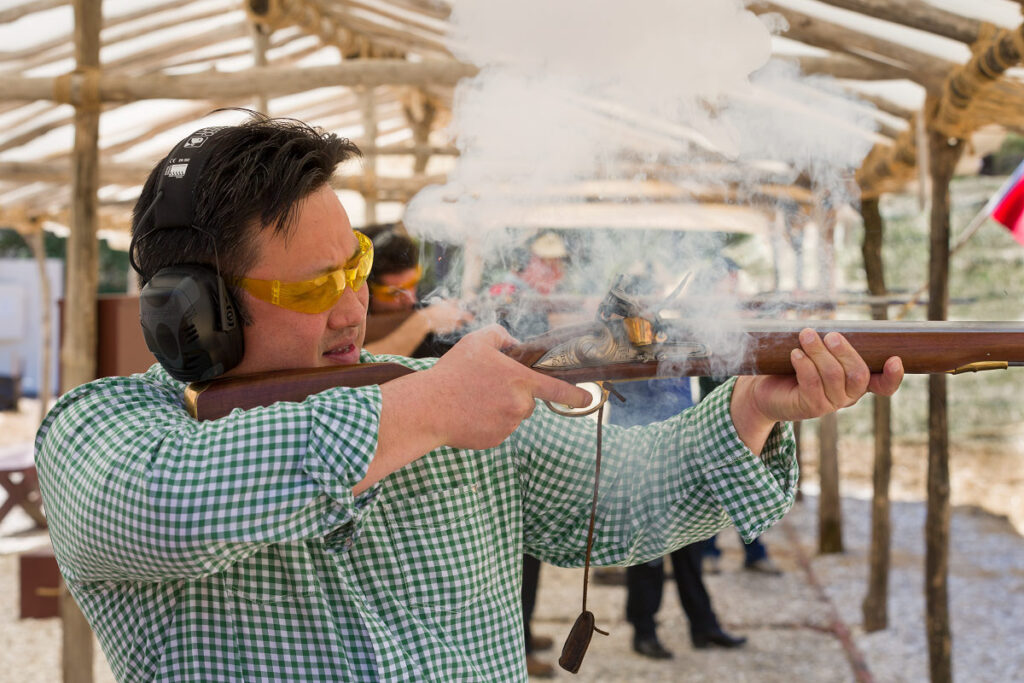
2.5. Cultural Shooting
Shooting is intrinsically linked to many cultures. In southern Brazil, for example, the municipality of Jaraguá do Sul honors its German immigrants with the Schützenfest (Shooting Festival). Shooters and non-shooters come from far and wide to participate in the event that has been held in Brazil since 1989 and since 1427 in Germany.
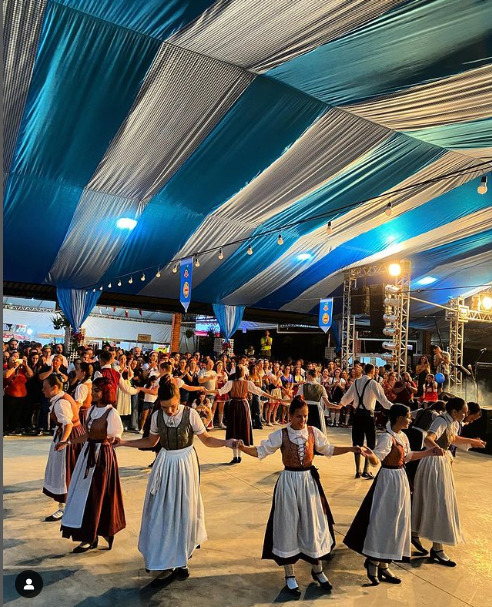
2.6. Tourism Shooting
Some places in the world are visited especially because of their shooting tradition. ABA Intl takes Brazilians to the United States, especially for its courses, but also people who want to take advantage of access to certain environments and equipment that are exclusively found in the U.S.
In the oldest ABA headquarters in Quatro Barras, our shooting range was part of the region’s tourism cycle, receiving tourists and curious visitors of all kinds.
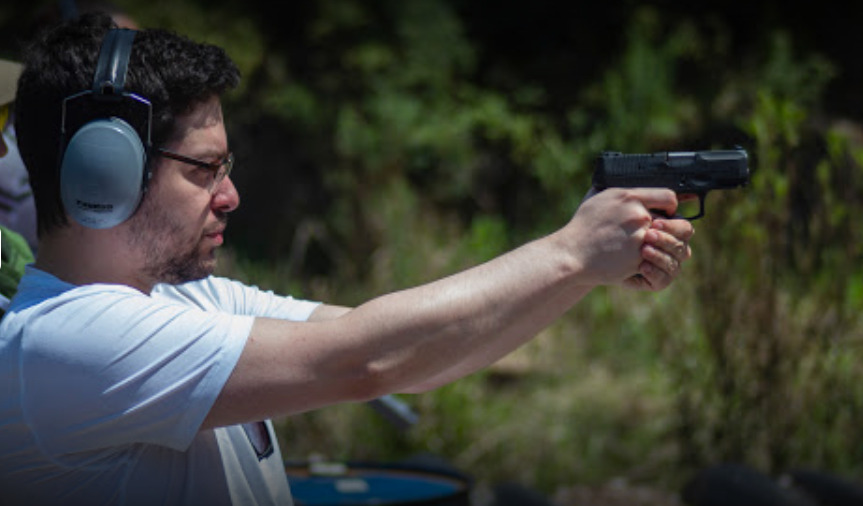
2.7. Combat Shooting
Combat shooting is shooting intended to be carried out against enemies with the goal of killing them. Its techniques and objectives are distinct from other branches, as it is not intended for entertainment, competition, or any kind of historical analysis. It can be subdivided into application areas, as follows:
2.7.1. Police Combat Shooting
Police activities have unique characteristics compared to all other shooting disciplines, which is why they deserve their own doctrine and justify the separation of police combat shooting from other branches of shooting.
From a purely theoretical and shallow analysis, without claiming to exhaust the topic and aware of the differences in the real world, police combat shooting is an unwanted consequence of police work, which aims to preserve life and defend citizens. The target is the criminal.
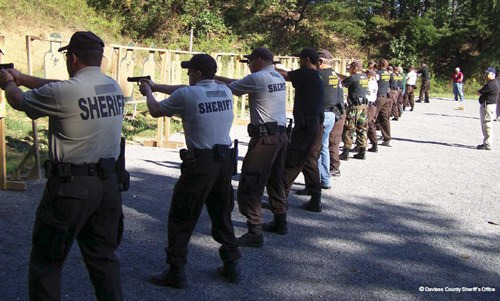
2.7.2. Military Combat Shooting
Military combat shooting is focused on warfare operations. The technical characteristics may be similar to other types of shooting, but they are imposed by the theaters of operations. Its goal is to win the war, with no connection to local laws.
Also, in a shallow and purely didactic way, the enemy in this case is primarily the military personnel of enemy forces.
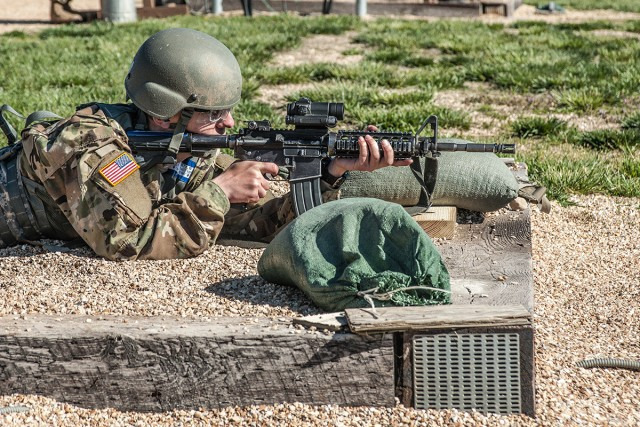
2.7.3. Combat Shooting in Private Security
Private security itself has numerous subdivisions that are beyond the scope of this text. It ranges from securing a bank building to protecting VIPs, and even operations typically suitable for Private Military Companies (PMCs).
Each branch of private security has characteristics that differentiate it from others, both in terms of objectives and technical standards.
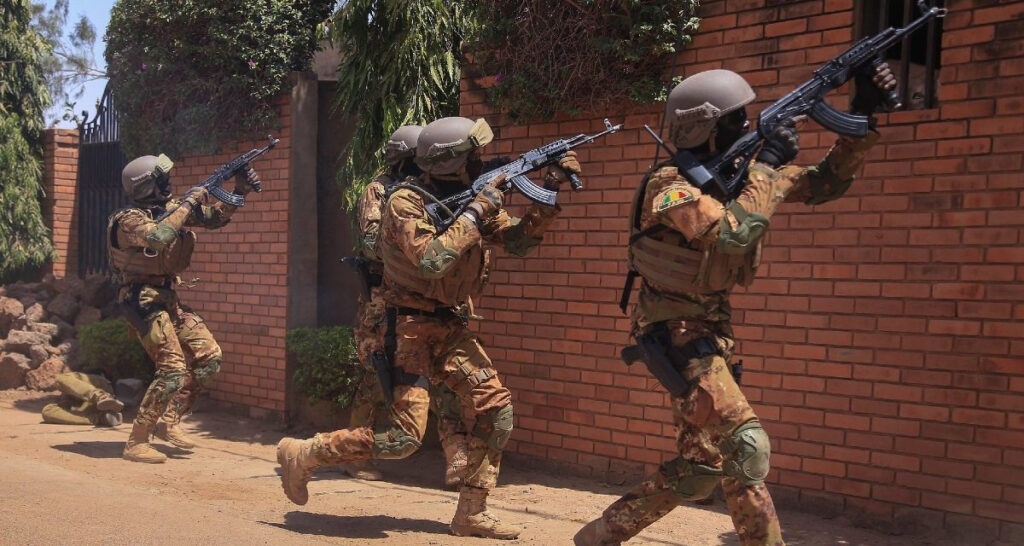
2.7.4. Civilian Combat Shooting
Civil combat shooting is the type of shooting carried out by citizens to defend themselves against various enemies. These citizens do not have a professional obligation that legally requires them to engage in combat, but they are compelled to do so for various reasons. This category includes parents defending their children, business owners protecting their property, women defending themselves against assault, or men responding to a robbery or tyranny.
This is where the actual guarantee of all the rights and freedoms of a society resides. This segment of shooting pertains to men and women who sustain a nation and understand the need to have the skills to confront threats from the public or private sphere. Unfortunately, as we have seen before, it is often misunderstood, trained well below the necessary level, and without a clear focus.
An armed and trained citizen is the only security a society has against tyranny. It is the highest exercise of citizenship, a decisive factor in the safety of the streets, and a check on corruption.
It is no accident that aspiring politicians, common criminals, and supporters of all kinds of tyrants fear and attack this type of shooting the most. They know that the harm they intend to cause is impossible while this segment thrives.

3. CONCEPT
Combat shooting is, therefore, a type of shooting focused on killing enemies, which can be common criminals, military personnel from an enemy force, or tyrants. It should not be confused with hunting, entertainment shooting, or sport shooting.
Its techniques are unique, and its objectives may vary depending on who employs it, but the result of effective combat shooting is the destruction of the enemy.
It can be practiced by professionals in the public or private sphere, as well as by individual men and women who need to defend what is dear to them.
4. CONCLUDING REMARKS
In this text, we examine the preliminaries of combat shooting, listing and categorizing the types of shooting while defining what is and what is not combat-oriented shooting.
The text is introductory and aims to provide an initial conceptual foundation, encouraging researchers and educators to address the subject with the necessary technical precision and semantic clarity.
For future publications, it is recommended to further develop the topic within its subdivisions.
5. REFERENCES
Falk, D. (1980). Hominid brain evolution: The approach from paleoneurology. American Journal of Physical Anthropology, 23(S1), 93–107. doi:10.1002/ajpa.1330230507
Isler, K., & Van Schaik, C. P. (2014). How humans evolved large brains: Comparative evidence. Evolutionary Anthropology: Issues, News, and Reviews, 23(2), 65–75. doi:10.1002/evan.21403
https://en.wikipedia.org/wiki/Shooting_sports
https://www.alle-schuetzenvereine.de/schuetzenfeste/
https://de.wikipedia.org/wiki/Sch%C3%BCtzenfest
https://www.colonialwilliamsburg.org/learn/living-history/musket-range-celebrated-5th-anniversary/
https://leb.fbi.gov/articles/featured-articles/effective-firearms-training-one-agencys-approach-
https://www.army.mil/article/186787/marksmanship_101_teaching_soldiers_to_shoot_at_fort_leonard_wood
https://www.italiansafari.com/gallery/
https://tourismteacher.com/types-of-hunting-hunting-tourism/

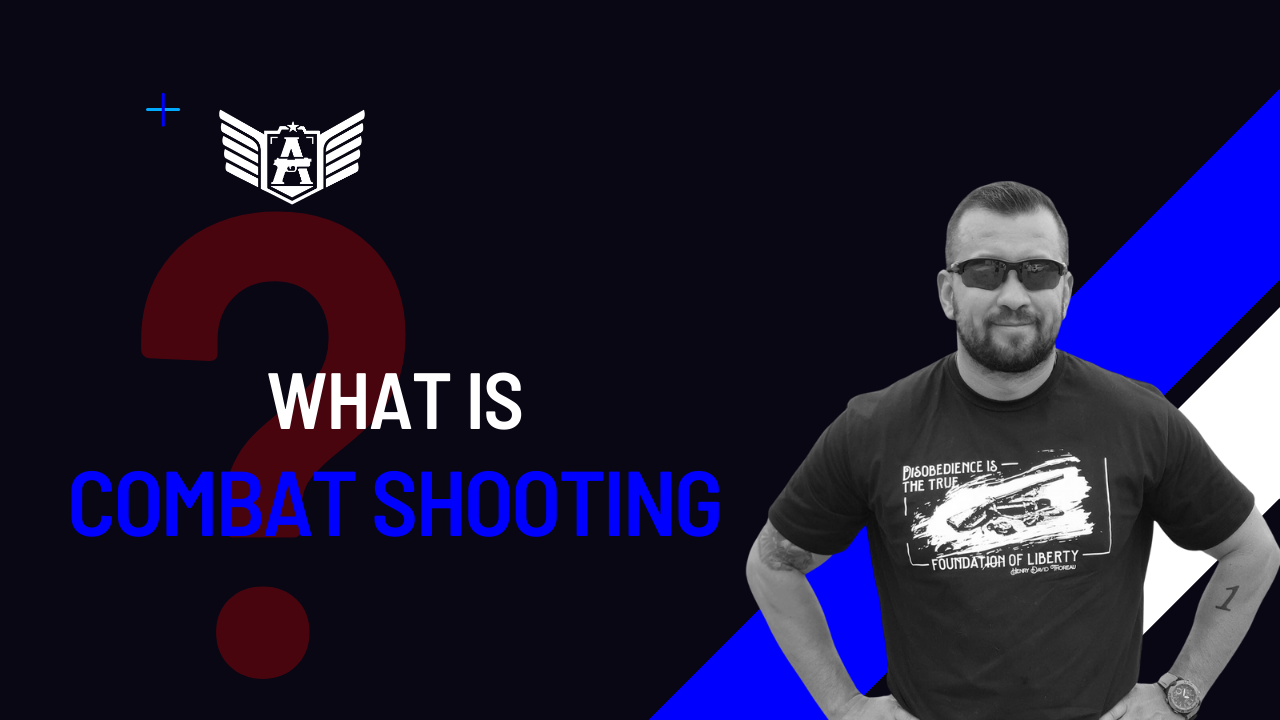
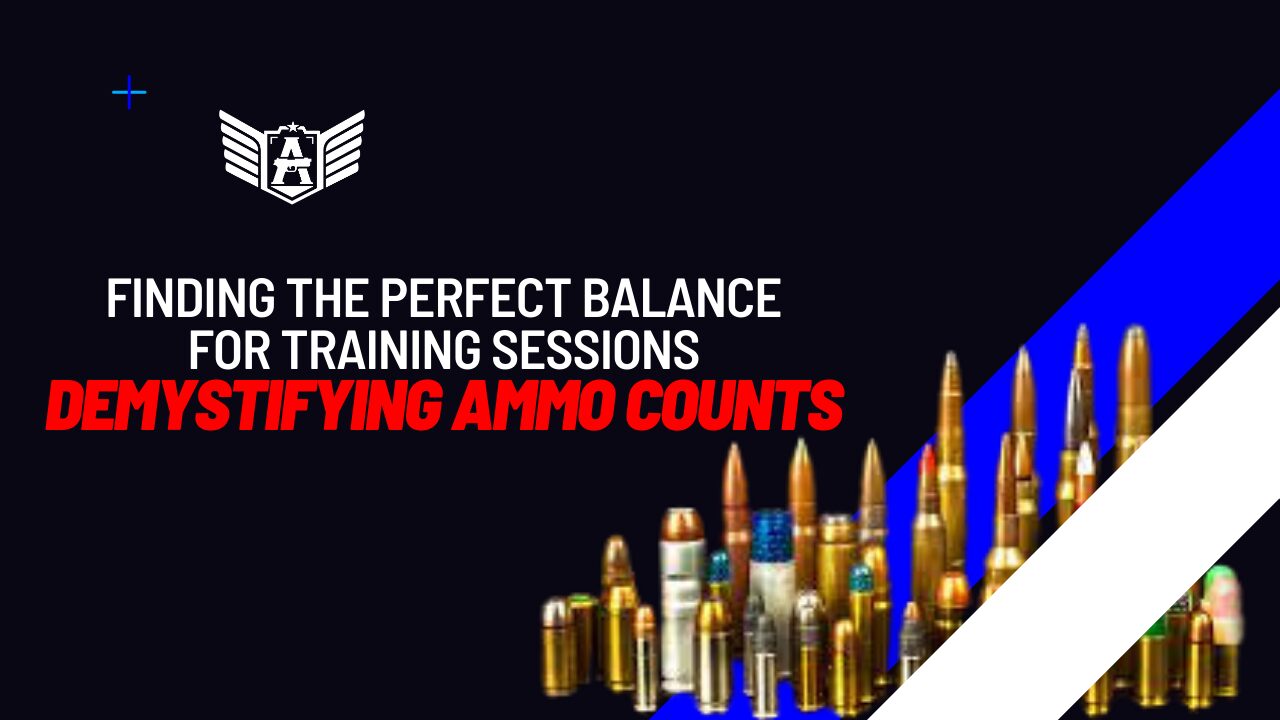
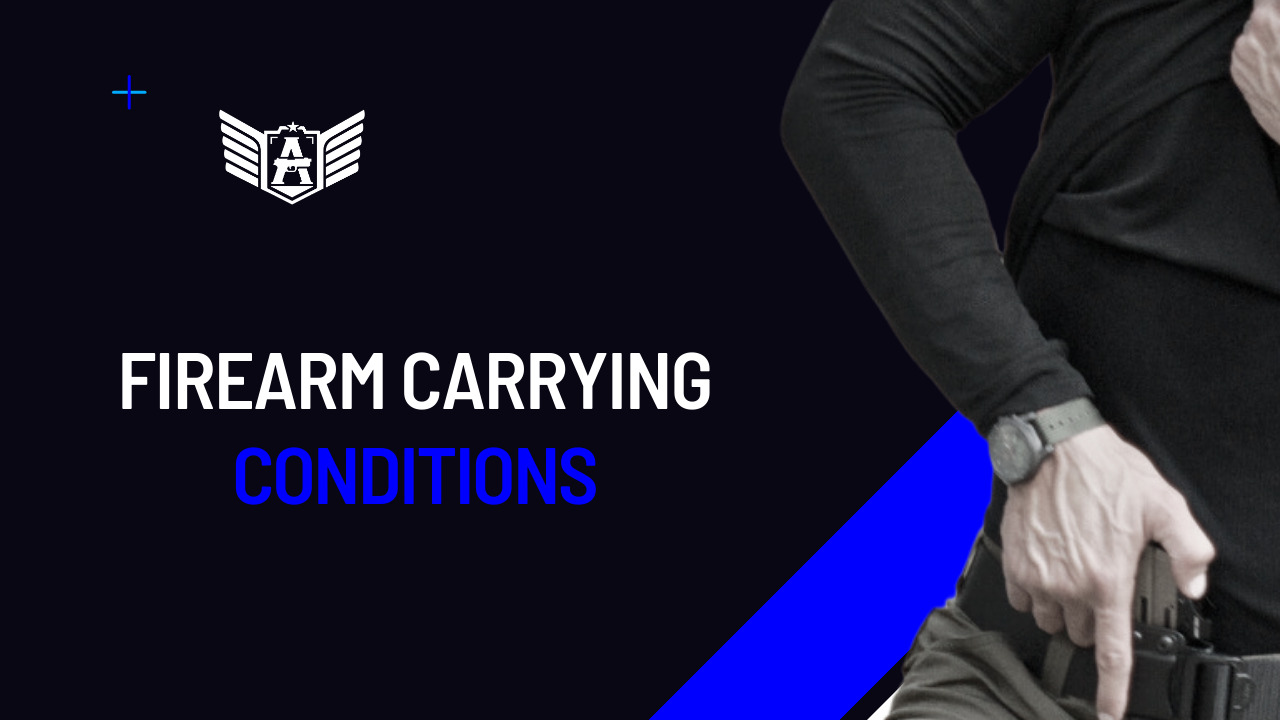
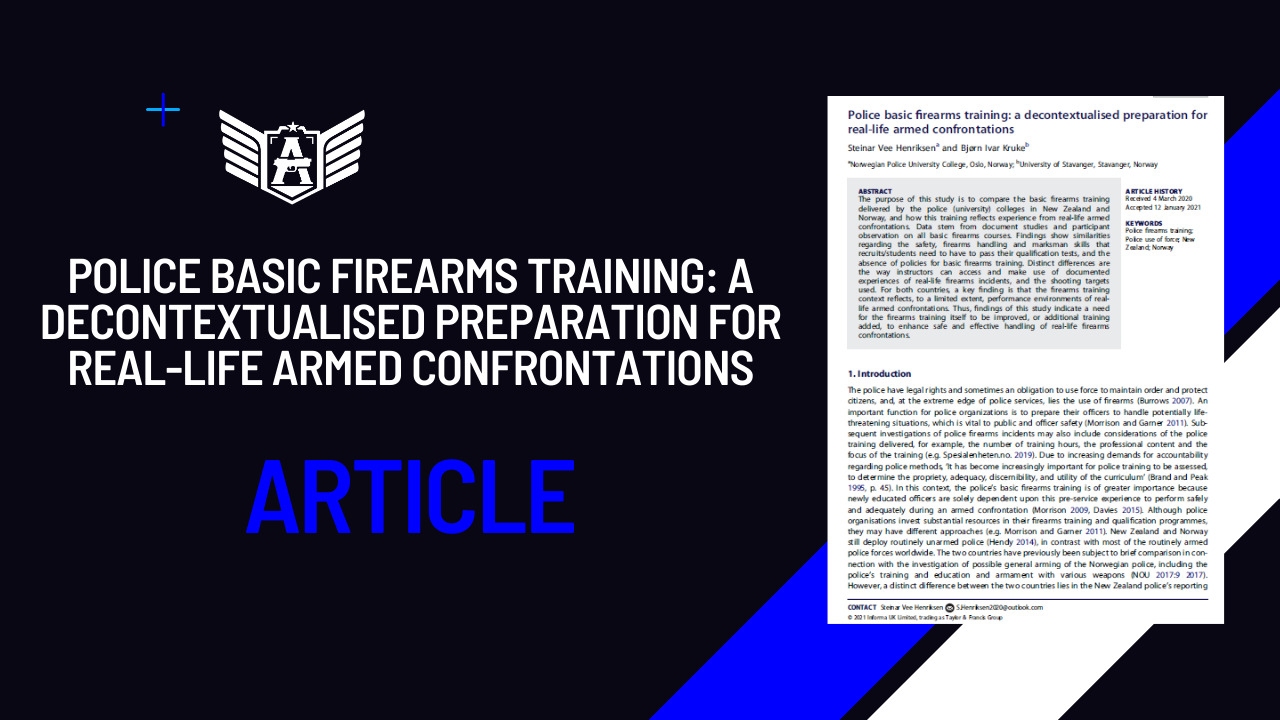
Comment on “What is combat shooting? How is it any different?”